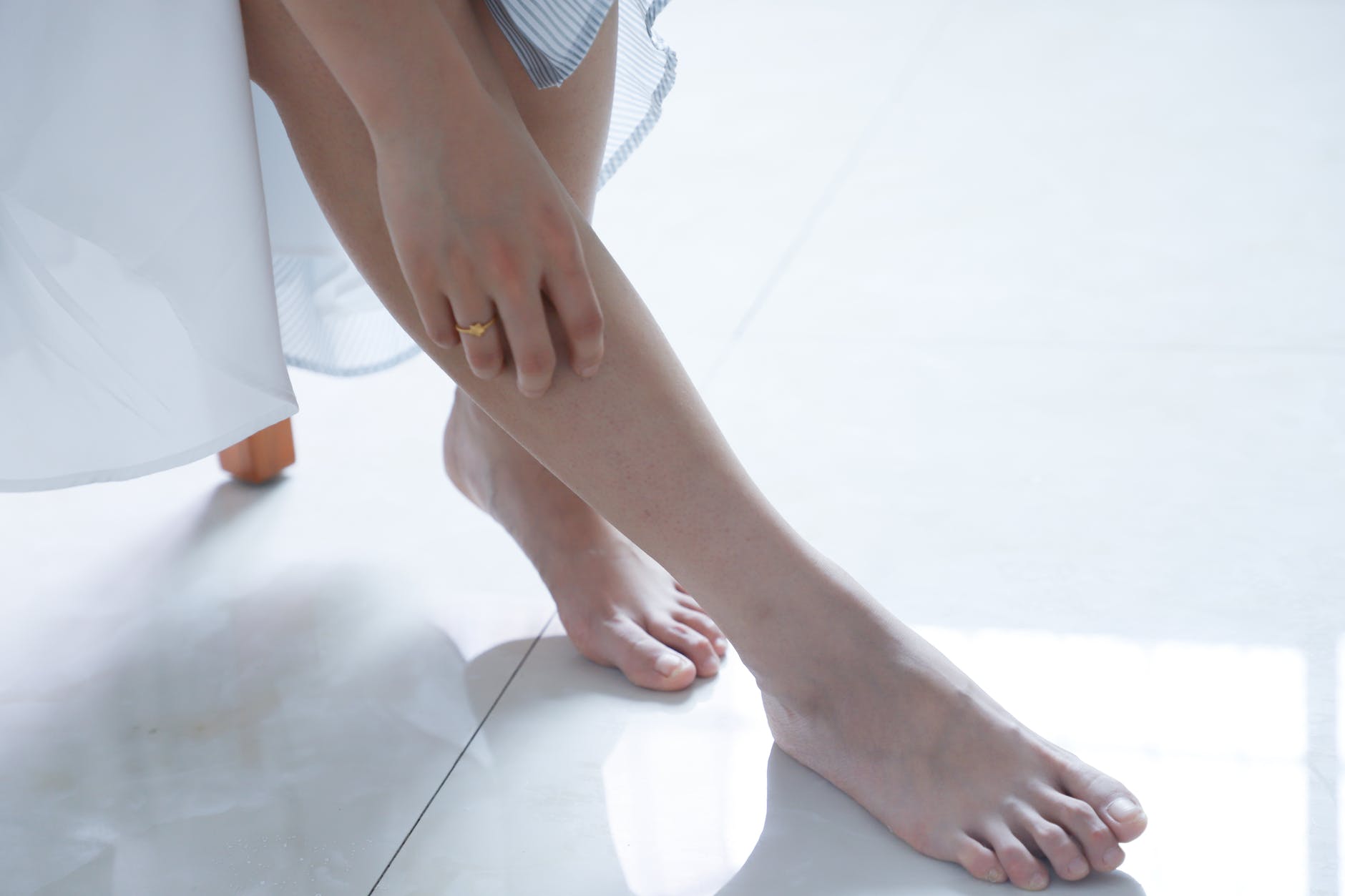Combat Cold Weather Induced Cracked Heels
 The cold months at the beginning of the year can cause the skin to lose moisture and dry out leading to dryness of the feet and cracking in the heels. It is common among the elderly, diabetics and people who suffer from chronic dry skin.
The cold months at the beginning of the year can cause the skin to lose moisture and dry out leading to dryness of the feet and cracking in the heels. It is common among the elderly, diabetics and people who suffer from chronic dry skin.
Problems Associated with Cracked Heels
- It can look unappealing and prevent you from wearing sandals or any footwear that exposes the heels.
- Due to peeling and scabbing, the skin of the heel becomes hard and coarse and can get caught in socks and stockings, tearing them. They can even become so coarse that they damage shoes.
- If left untreated, cracked heels can split open further, causing open wounds that can be very painful. If they get infected, it can lead to other complications.
Help for Cracked Heels
Moisturize: Applying medicated creams twice a day to the feet can prevent the skin from drying out. You may need to moisturize more often if the weather is very dry.
Wear Socks: Wearing socks, especially medicated ones, can help in keeping the feet warm and prevent skin from drying out.
Use a Pumice Stone: Scrubbing your feet everyday with a pumice stone can remove dead and peeling skin and exfoliate your heel, keeping them soft and smooth.
Pedicure: A regular pedicure with a foot soak with essential oils can help in keeping your feet clean and moisturized.
Also Read: CRACKED HEELS: SYMPTOMS AND TREATMENT
When to See a Podiatrist
Sometimes, home remedies may not be enough to treat cracked heels. If your cracked heels become open sores, if they are very painful or if they feel infected, it is better to see a podiatrist and get it treated. The podiatrist may prescribe antibiotics for the infection and stronger creams to prevent dryness of feet.
If you are looking for a Bay Area foot and ankle specialist, you can search online for one. You will be able to find a podiatrist near you.
- Feb 24, 2021
